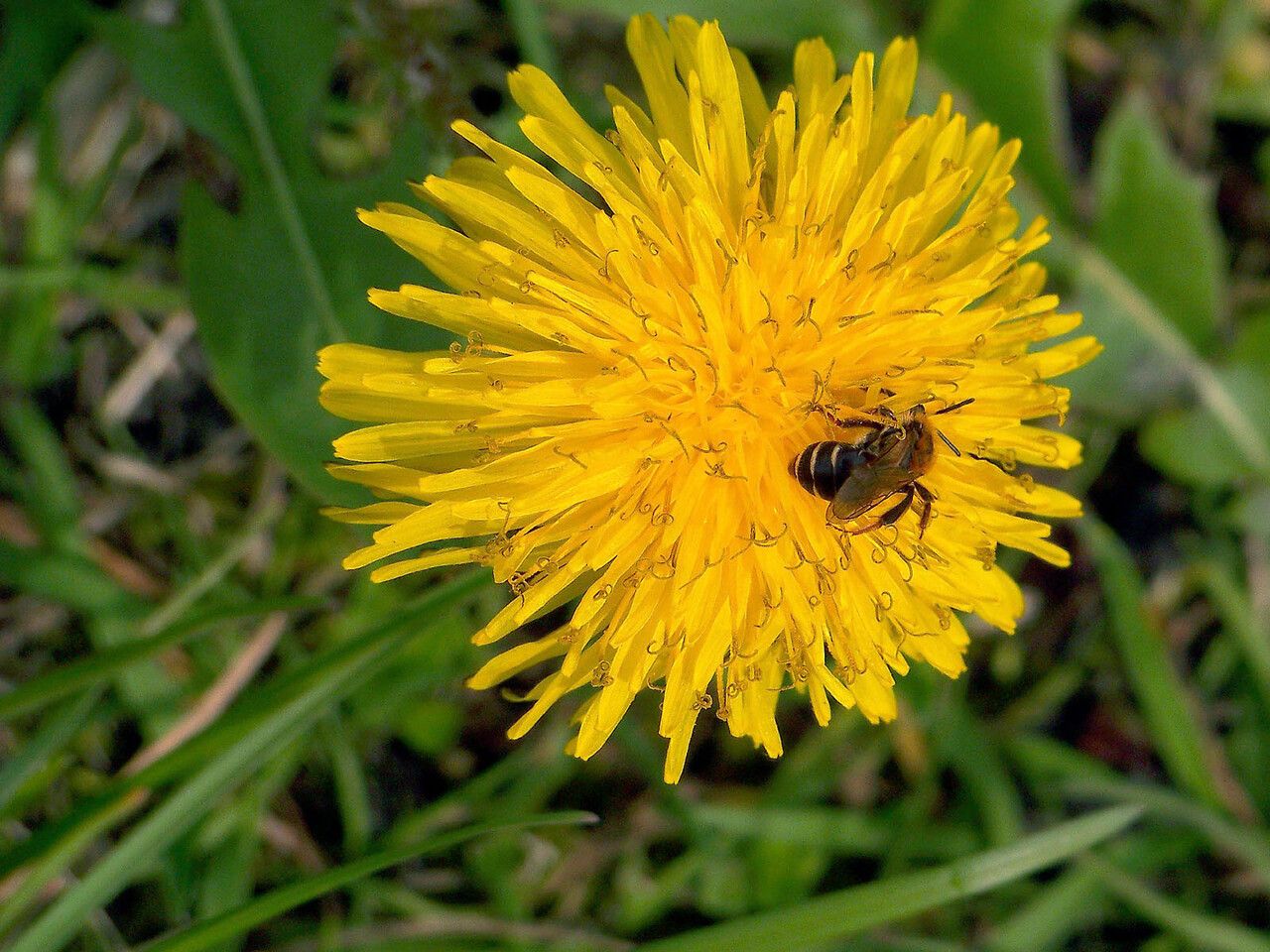ᱧᱮᱞᱯᱚᱨᱚᱠTaraxacum officinale F.H.Wigg.observed by Andrzej KonstantynowiczAndrzej Konstantynowicz᱒᱐ ᱟᱯᱨᱮᱞ ᱒᱐᱑᱔
Andrzej KonstantynowiczAndrzej Konstantynowicz᱒᱐ ᱟᱯᱨᱮᱞ ᱒᱐᱑᱔
observed by Andrzej KonstantynowiczAndrzej Konstantynowicz
Andrzej KonstantynowiczAndrzej Konstantynowicz
᱒᱐ ᱟᱯᱨᱮᱞ ᱒᱐᱑᱔
ᱫᱟᱨᱮ
ᱜᱷᱟᱨᱚᱧᱡᱽ
ᱱᱤᱨᱫᱷᱟᱹᱨᱤᱛ
Proposed determination
Suggest another determination
You don’t agree with the suggested species but don’t have another suggestion
ᱨᱮᱲ ᱠᱚ
ᱵᱟᱹᱲᱛᱤᱭᱟᱱ ᱰᱟᱴᱟ
ᱢᱟᱦᱟᱸ ᱛᱮᱭᱟᱨ ᱮᱱᱟ
Dec 31, 2021
ᱢᱩᱪᱟᱸᱫ ᱥᱟᱯᱲᱟᱣ
Oct 9, 2023
Łódź, Park Kilińskiego
This busy pollinator is Apis mellifera cecropia - Greek honey bee.
Synonyms: 'Crepis taraxacum', 'Leontodon taraxacum', 'Taraxacum almaatense', 'Taraxacum laeticolor', and many, many, many others...
Edible plant - leaves raw or cooked; leaves and the roots are used to flavour herbal beers and soft drinks such as "Dandelion and Burdock"; roots of 2 year old plants are harvested in the autumn, dried and roasted to make a coffee substitute.
Herbal plant - especially effective as a diuretic because it contains high levels of potassium salts and therefore can replace the potassium that is lost from the body when diuretics are use; the plant is used internally in the treatment of gall bladder and urinary disorders, gallstones, jaundice, cirrhosis, dyspepsia with constipation, oedema associated with high blood pressure and heart weakness, chronic joint and skin complaints, gout, eczema and acne!!!
Useful plant - a low quality latex, for making rubber, can be obtained from the roots of this plant; a magenta-brown dye is obtained from the roots.

